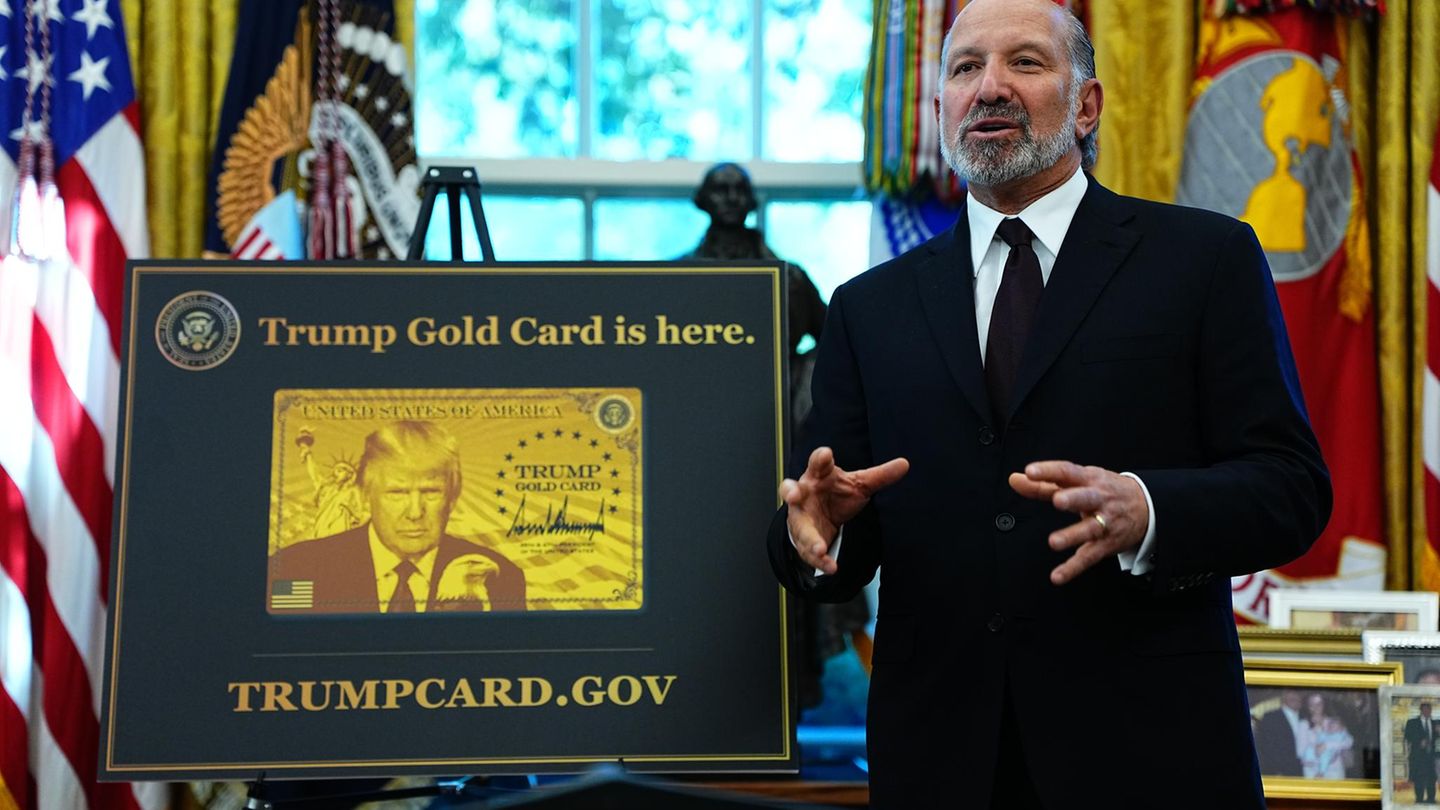Argentina today has the potential to free itself from the eternal dilemma of dollars. This structural change also redefines the investment strategy.
One of the most significant but less understood changes in current Argentina is the transformation of its currency generation matrix. While the public debate remains anchored in discussions on exchange backwardness, controls and fiscal shock, The real economy travels a structural recomposition path, with a more disciplined state and an export economy that, if the course is consolidated, could generate currencies as it has not been seen in decades.
The content you want to access is exclusive to subscribers.
According to data from the Rosario Stock Exchange and the Ministry of Economy, By 2033, the net capacity for generating agribusiness, energy and mining could reach US $ 89,000 million, from the current US $ 48,000 million. Energy and mining would explain 61% of the total, compared to current 27%. This new diversified and less dependent matrix represents a structural change in the balance of payments, which has direct implications on macro stability, exchange rate and sovereign financing. This analysis was made by German Fermo and I share it 100%.


The market base scenario is clear: if the current economic model is consolidated and the ruling manages a good mid -term choice, country risk compression should be significant. The Government maintains as an anchor the fiscal discipline, with primary surplus so far this year, and if it manages to sustain that credibility, the electoral trace will be difficult to ignore.
How to position yourself according to each risk profile?
-
1. Conservative: visibility and liquidity
For conservative profiles, the focus is in short fixed rate instruments. Lecaps until September continue to offer positive rates against projected inflation, with low risk of duration and good liquidity. They function as an excellent anchor for treasury or wallets that prioritize protected capital in pesos. For the stretch in dollars, corporate on solid emitters such as YPF, Telecom or Pampa offer 8% returnswith good risk profile, especially the Longs.
-
2. Moderate: Long rate with coverage
Moderate investors, who can tolerate somewhat more duration, have attractive alternatives to freeze peso rate Dual bonds such as TTJ26, which combines fixed rate with tamar coverage (Cer otamar, as more favorable). In the stretch in dollars, Post-2027 bonds continue to show high spreds: If the electoral result is aligned with the base scenario, these titles have room for relevant recovery.
-
3. Aggressive: Equity as an electoral thermometer
The Argentine Equity has shown relative lag. Although there is some optimism in Merval, it has been lateralizing months ago, more attentive to the electoral calendar than to the Macro Delivery, which has been consistent.
In this context, The actions with the greatest correlation and beta against electoral risk, such as banks (Ggal, Supv) and energy (YPF, Pampa, Vista), are consolidated as favorite assets to position themselves with a view to October. Not only do they offer Upside in terms of multiples, but they could directly benefit from a favorable political scenario, with less regulatory risk and improvement in financing expectations. The same goes for the Argentine dollar bonds that I choose The GD35 and the AE38 for positioning since before a scenario of standardization of curve and loss of the country risk are the ones that have the most potential for suba.
An opportunity that exceeds the cycle
Argentina today has the potential to free itself from the eternal dilemma of dollars. If the expansion of energy and mining is consolidated, added to an agriculture freed from retentions, we could see a less dependent economy and more anchored in naturally efficient sectors. This structural change also redefines the investment strategy. It is no longer just about playing a cycle. It’s about positioning yourself for a different decade!
* Partner in AT Investments
Source: Ambito
David William is a talented author who has made a name for himself in the world of writing. He is a professional author who writes on a wide range of topics, from general interest to opinion news. David is currently working as a writer at 24 hours worlds where he brings his unique perspective and in-depth research to his articles, making them both informative and engaging.




